A victory for architecture
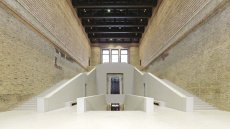
From this week’s signandsight, insightful piece on the latest addition to one of my favorite Berlin sites, the museum island. You can read the full article here:
David Chipperfield has recovered astonishingly diverse vestiges of history in Berlin’s Neues Museum. By Bernhard Schulz
The Prussian King Friedrich Wilhelm IV wanted to create a “sanctuary for art and science” on the Spree Island north of Schinkel’s museum. Architect Friedrich August Stüler, chosen to execute the monarch’s demands after Schinkel’s premature death in 1841, saw the Neues Museum – which he designed and opened in 1855 – as “a focal point for the most elevated intellectual interests of the people.”
West facade Neues Museum, View from the Schlossbrücke © Stiftung Preußischer Kulturbesitz David Chipperfield Architects, photographer: Ute Zscharnt
So the aims for the Museum Island were not exactly set low. And yet the project existed in completed form for only a short time: for the nine years between the opening of the Pergamon Museum in 1930 and the closing of all museums with the onset of war in 1939. The Neues Museum, which sustained more damage from bombs and artillery than any of the other buildings on the island, never reopened.
But now that’s about to change. On 5 March, the museum, reconstructed according to the plans of London architect David Chipperfield, will be handed over to the Prussian Cultural Heritage Foundation, which will then install the artwork to be exhibited. Before the installation, the public will have three days to view the building itself. It is, after the brilliant restoration of the Alte Nationalgalerie and the Bode Museum, the third extensive renovation on the island – and the first to resurrect a building that had utterly fallen out of consciousness.
Staircase Hall circa 1985 © SMB / Zentralarchiv
The 233 million euro endeavour will be met with a powerful response – because, in contrast to the restoration of the other two island museums, the Neues Museum is not bound to an intact prewar history. On the contrary: Naked and bare, it shows what the war did to it. A colossal stairway deprived of the fresco decor that had been completely burned away; domes without decoration, walls devoid of smooth plaster. That, at any rate, is how the detractors of Chepperfield’s concept will see it, people who see nothing other than “ruin nostalgia” in the carefully preserved traces of history.



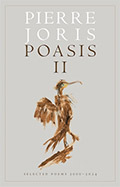 Poasis II: Selected Poems 2000-2024
Poasis II: Selected Poems 2000-2024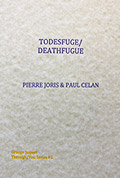 “Todesguge/Deathfugue”
“Todesguge/Deathfugue”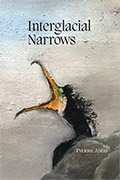 “Interglacial Narrows (Poems 1915-2021)”
“Interglacial Narrows (Poems 1915-2021)” “Always the Many, Never the One: Conversations In-between, with Florent Toniello”
“Always the Many, Never the One: Conversations In-between, with Florent Toniello” “Conversations in the Pyrenees”
“Conversations in the Pyrenees”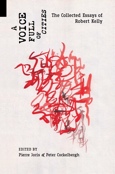 “A Voice Full of Cities: The Collected Essays of Robert Kelly.” Edited by Pierre Joris & Peter Cockelbergh
“A Voice Full of Cities: The Collected Essays of Robert Kelly.” Edited by Pierre Joris & Peter Cockelbergh “An American Suite” (Poems) —Inpatient Press
“An American Suite” (Poems) —Inpatient Press “Arabia (not so) Deserta” : Essays on Maghrebi & Mashreqi Writing & Culture
“Arabia (not so) Deserta” : Essays on Maghrebi & Mashreqi Writing & Culture “Barzakh” (Poems 2000-2012)
“Barzakh” (Poems 2000-2012) “Fox-trails, -tales & -trots”
“Fox-trails, -tales & -trots”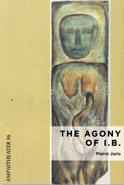 “The Agony of I.B.” — A play. Editions PHI & TNL 2016
“The Agony of I.B.” — A play. Editions PHI & TNL 2016 “The Book of U / Le livre des cormorans”
“The Book of U / Le livre des cormorans”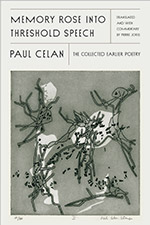 “Memory Rose Into Threshold Speech: The Collected Earlier Poetry of Paul Celan”
“Memory Rose Into Threshold Speech: The Collected Earlier Poetry of Paul Celan”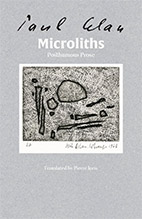 “Paul Celan, Microliths They Are, Little Stones”
“Paul Celan, Microliths They Are, Little Stones”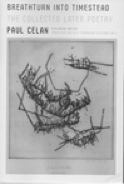 “Paul Celan: Breathturn into Timestead-The Collected Later Poetry.” Translated & with commentary by Pierre Joris. Farrar, Straus & Giroux
“Paul Celan: Breathturn into Timestead-The Collected Later Poetry.” Translated & with commentary by Pierre Joris. Farrar, Straus & Giroux
Another article on the museum.